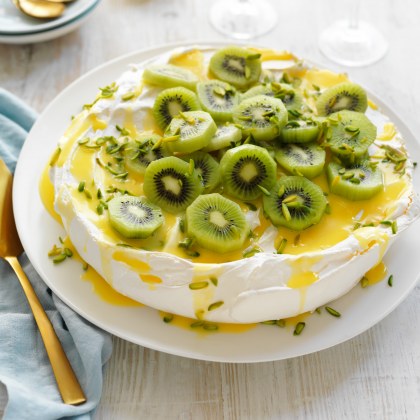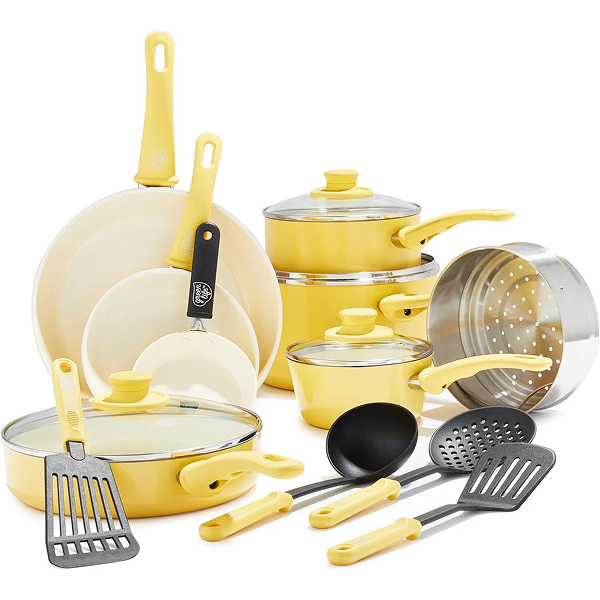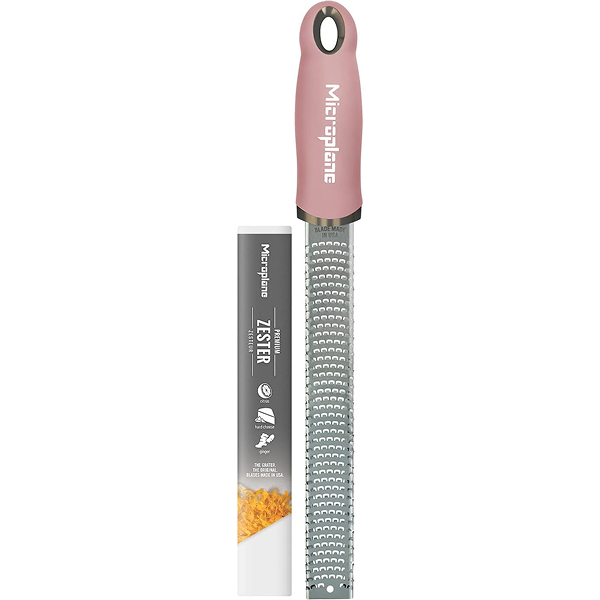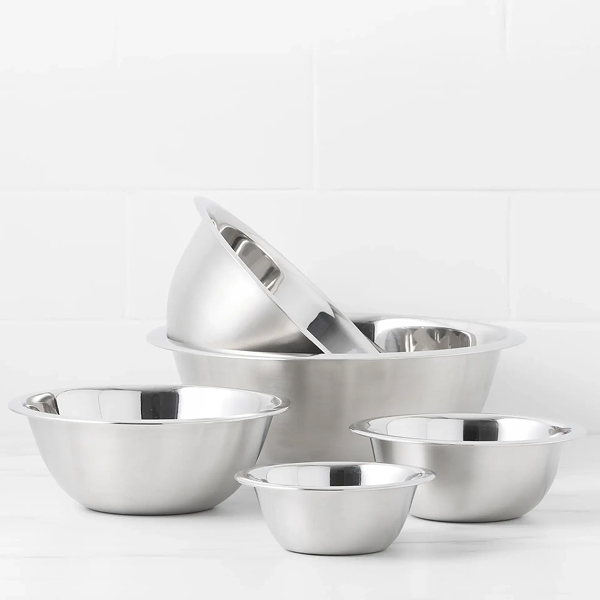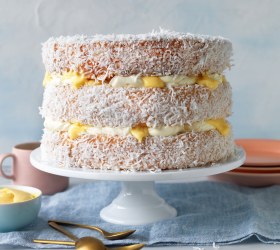How to make lemon curd – tips and common mistakes
Vibrant yellow, silky smooth and a beautiful tangy sweetness that keeps you coming back for more - lemon curd is like summer sunshine poured into a jar. And there's no end to the ways you can use it, drizzle over a pavlova, dollop onto cake or simply spread over toast, it's always fantastic.
With a good recipe, lemon curd is so simple to make. This recipe for lemon curd only requires 5 ingredients, and with these easy guidelines you can ensure that you don’t make common mistakes and you always get a vibrant and flavourful curd!
Easy lemon curd recipe
INGREDIENTS
- 2 egg yolks
- 75g (1/3 cup) caster sugar
- 2 teaspoon finely grated lemon rind
- 80ml (1/3 cup) lemon juice
- 80g unsalted butter, chopped
METHOD
- Place yolks, sugar, lemon rind and juice in a small bowl and whisk to combine. Place in a small saucepan with butter.
- Place over medium heat, bring to a simmer, stirring constantly. When it comes to the boil, take off heat and strain through a fine sieve. Refrigerate until cold.
What to do if lemon curd doesn't thicken?
If your lemon curd hasn’t thickened, it may not have been heated enough. It can take up to 30 minutes of constant stirring to cook lemon curd, especially if it’s a large batch. Remember that curd will thicken more once cooled.
If your cooled curd is not thick enough, you can reheat it to thicken. Put it over a low heat, stirring constantly. Ensure it coats the back of a spoon before taking it off the heat.
To make a thicker curd, you can also add another egg yolk to the recipe, or a teaspoon of cornflour mixed into a tablespoon of water and cook until thickened.
How to thin lemon curd?
You can make lemon curd thinner by adding more juice, or reducing the amount of egg.
Can you overcook lemon curd?
Yes, overcooked lemon curd will become lumpy instead of smooth. See how to avoid lumps below.
Why is my lemon curd lumpy?
Lemon curd may become lumpy because it hasn't been continuously stirred or the eggs have cooked in the mixture. If there are only a few lumps in the curd, you can sieve them out.
To avoid lumpy curd:
- Stir continuously through the whole cooking time.
- Cook curd in a bowl over a pan of simmering water (double boiler). Ensure the bowl is not touching the water. This technique can take longer to cook the curd.
- If your curd has gotten too hot, continue stirring and lower the base of the saucepan into a sink of cold water.
How do you know when lemon curd is cooked enough?
Dip a spoon into the curd then run your finger over the back of it. If it leaves a clean line in the curd, it’s cooked enough and ready to cool.
Curd will thicken up more once cooled completely. Spoon into a container, cover and refrigerate.
How thick should lemon curd be?
This depends on what you’re using your curd for and your personal preference. A thick curd is great for spreading on toast, filling cakes and tarts.
A thin, pourable curd is great for decorating pavlova, drizzling over pancakes or pouring on ice cream.
Is lemon curd made with whole eggs or yolks?
Lemon curd can be made with whole eggs or just egg yolks, or even a combination of both. A higher ratio of egg yolks will create a more vibrant, yellow and rich curd than whole eggs.
If you like extra thick curd, you can add an extra whole egg or egg yolk to your recipe.
If you want a thinner, more pourable curd, reduce the amount of egg in your recipe.
Does lemon curd need to be strained?
To strain or not to strain... straining the curd before cooling to removes the zest for a silkier texture, however you can omit this stage if you prefer the taste and texture with the zest.
Can you make curd with other fruits?
Yes, instead of lemon juice try lime, orange, pink grapefruit or passionfruit – or try a combination!
Passionfruit seeds give curd has a crunchy texture, but you can strain them out and just use the pulp if you prefer.
How to make lemon curd sweeter
When making curd, the sweetness of it can change depending on the tartness of the fruit. If you’re unsure, start with less sugar and add more if needed.
Before sweetening your curd, consider what it will be used for. Very sweet desserts like pavlova, a rich cake or ice cream are best with a tarter curd, and vice versa.
You can also sweeten your curd with honey, agave, coconut sugar and even rapadura sugar. Note that these will give a different flavour and colour to your curd.
How long will lemon curd last?
Lemon curd will last up to 4 weeks in an airtight container in the refrigerator.
To put it in jars to store or give as gifts, sterilise the jars in hot water or the dishwasher.
Pour in the warm curd and close while still warm. You can also freeze lemon curd.
How to freeze lemon curd
Lemon curd can freeze for up to one year.To freeze:
- Fill airtight containers in useable portions, leaving a 1-2cm gap at the top for expansion.
- Cover the surface with cling wrap and secure with an airtight lid.
- Label and date.
- Thaw curd by placing in the refrigerator one day before you plan to use it. Stir and use from cold.
Other types of fruit curd
You can make curd with almost any other fruit, watch how to make pineapple-lime curd, strawberry curd and passionfruit curd below.
GET THE RECIPE: Pine Lime Curd by Australian Eggs
GET THE RECIPE: Strawberry Curd by Australian Eggs
GET THE RECIPE: Passionfruit Curd and Coconut Meringue Jars by Australian Eggs
Use passionfruit instead of lemon juice and you can create beautiful passionfruit curd, treat it the same way you treat lemon curd.
How to make Curd in a Microwave
How to use lemon curd
If you're wondering what lemon curd goes well with, check out some of the recipes below.
Make a pavlova with egg whites and use the extra egg yolks to make lemon curd to go on top!



